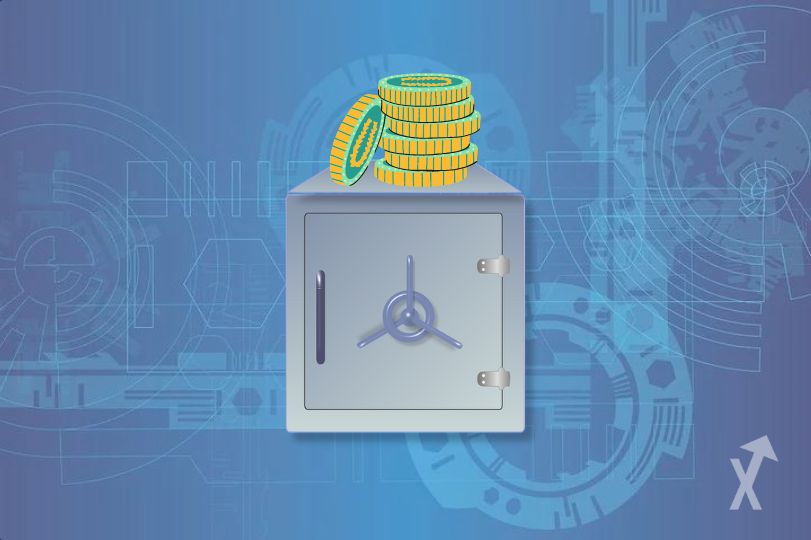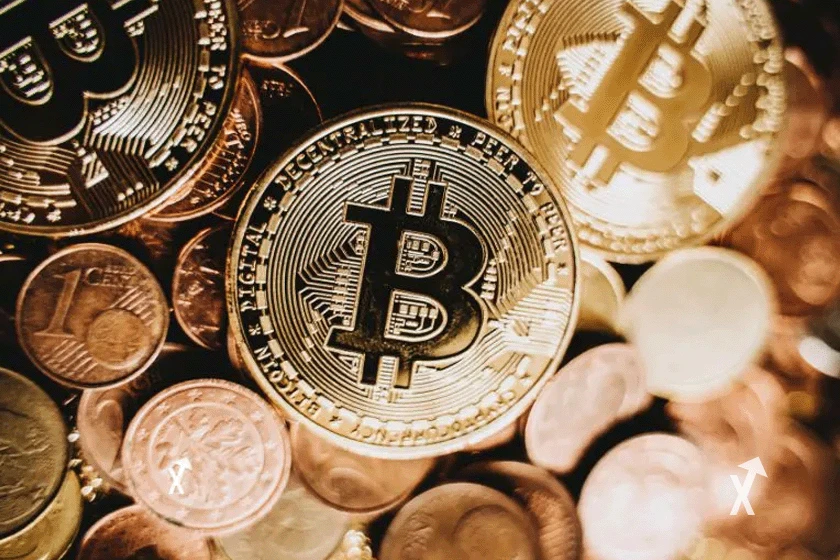Proof of Stake explanation: what is it and what are its origins?
The Proof of Stake (PoS) is a consensus mechanism that took root in 2012 on the blockchain, the chain of cryptoassets. A consensus mechanism is a validation of entries in the database and the security of the latter. PoS, also known as “proof of stake”, will bring a whole new method of validating transactions. The latter is based not on the computing power of the blockchain algorithm, but on the stake/participation. The English “to stake” meaning “to bet”, “to participate”.
The first cryptocurrency to adopt Proof of Stake was the PeerCoin token in 2012, followed later by Cardano.
Proof of Stake differs from another similar mechanism namely, Proof of Work (PoW). Additionally, Proof of Stake tries to solve some problems in the cryptocurrency industry.
How does Proof of Stake (PoS) work?
The insane consumption of electricity that Bitcoin requires to validate its transactions with the Proof of Work mechanism poses a real problem. Thus, proof of stake will significantly reduce the computation needed for verification, validation and block securing.
PoS will therefore use the assets of owners who wish to “stake” their tokens.
This crypto investment strategy is also called “staking”. It is renowned and appreciated by investors because it allows you to place your tokens and benefit from attractive interest.
Where the classic Proof of Work (PoW) algorithm requires the creation of new nodes on the blockchain via the computing power of users’ computers, PoS requires the staking of cryptocurrency assets linked to this new node.
This system is based on the principle that the more a node has a large amount of tokens, the more important it is for the blockchain and the security of the network.
Proof of Stake changes the way blocks are verified by directly involving blockchain users who stake their assets. These users pledge their assets to become validators of the new blockchain node.
How to be part of the validators in Proof of Stake?
In order to be a validator, the user must possess a defined amount of tokens. When enough validators have staked their tokens to verify that the new block is accurate, then the new block is validated, closed, and added to the already existing chain.
The selection of validators will be done as follows :
- Bet size : The more chips you have bet, the more likely you are to be selected to validate;
- The age of the tokens put into play : The longer the tokens have not been spent, the more likely you are to be chosen to validate (once this bet is used to verify a block, its age is reset to zero) ;
- Random selection : Although the selection process for PoS validators tilts in favor of larger token holders, this mechanism still carries a degree of uncertainty in order to avoid centralization.
The different types of Proof of Stake
Although Proof of Stake still works on the principle we just described, it comes in different types. Here we have detailed the main ones, which are:
Le PPoS
The acronym for Pure Proof of Stake (PPoS) is the form of Proof of Stake used by Algorand, a blockchain project aimed at developing decentralized applications (dApps)
Le PPoS offre des validations avec des exigences très basses de mises (stakes) pour participer à la sécurisation des transactions du réseau. De plus, il n’existe pas de sanctions pour prévenir les actions malveillantes sur la blockchain et autres failles de sécurité. Ce système permet d’ouvrir les portes à tous les utilisateurs !
PPoS offers validations with very low stakes requirements to help secure network transactions. Additionally, there are no penalties to prevent malicious actions on the blockchain and other security breaches. This system opens the doors to all users !
Le PoI
The proof of importance (PoI) integrates new factors to assess the level of influence of each block created:
- The number of transfers a node has participated in over a given period;
- The degree of interconnection of different nodes through activity clusters.
The PoI takes into account the individual contribution of each user rather than the overall capital requirement as in a classic PoS.
Thus, it helps to spread the risk, as a handful of investors will not own all the assets and therefore will not have immense power over the network.
The Proof of Importance first saw the light of day with the New Economy Movement project.
Le LPoS
Liquid Proof of Stake (LPoS) or liquid proof of stake is a PoS that allows crypto-asset owners to lend their validation rights to other users, all without giving up their right of ownership over the tokens concerned.
This allows them to keep some flexibility regarding their participation in the blockchain.
Small investors can thus group together, forming a pool to become validators of the network.
Which cryptocurrencies use Proof of Stake ?
Among the popular cryptoassets operating on the principle of Proof of Stake, we have :
- BNB : the famous token of the most used cryptocurrency exchange platform in the world : Binance
- ADA : The cryptocurrency world’s first scientific blockchain token
- DOT : The Polkadot protocol to connect blockchains
- SOL : The Solana blockchain token that develops technologies aimed at improving the speed of transactions
Ethereum Proof of Stake release date The Merge
Ethereum will also soon switch to the Proof of Stake consensus. This update will be part of several improvements that will arrive with ETH 2.0. The date of Ethereum 2.0 should be approximately end of year 2022 if there is no delay.
Proof of Stake vs Proof of Work : comparison
The difference between Proof of Work or Proof of Stake comes from the energy mobilized. A great advantage is given to the Proof of Stake which is inexpensive in energy. But the power of validation then tends to lean towards those who have the most capital, although solutions are provided, in particular thanks to the various PoS derivatives.
In the Proof of Stake vs Proof of Work fight, there really is no winner. Both approaches have their advantages and their qualities. However, for long-term development, Proof of Stake stands out for its ease and low cost.

















